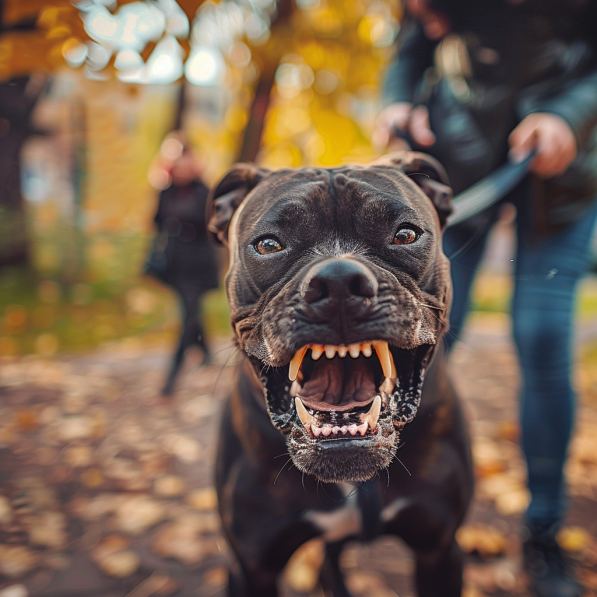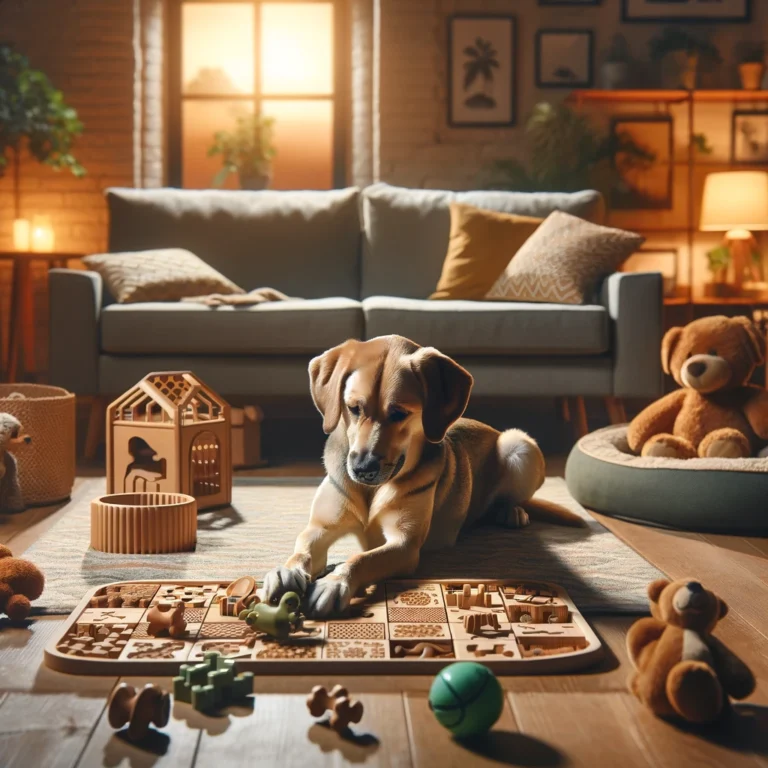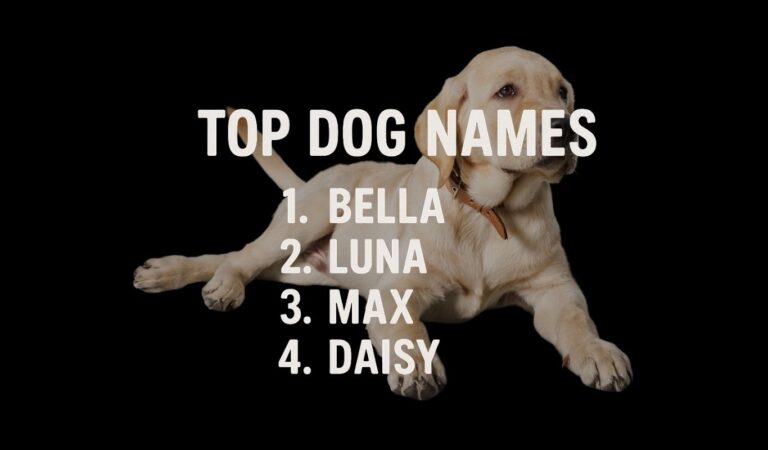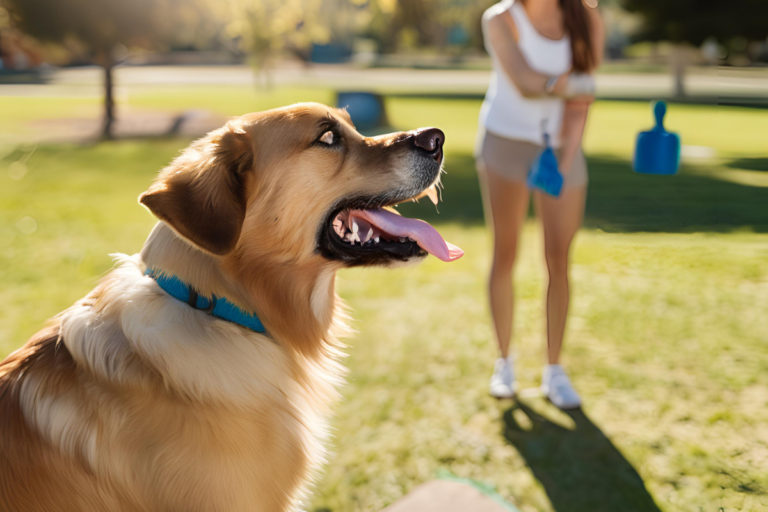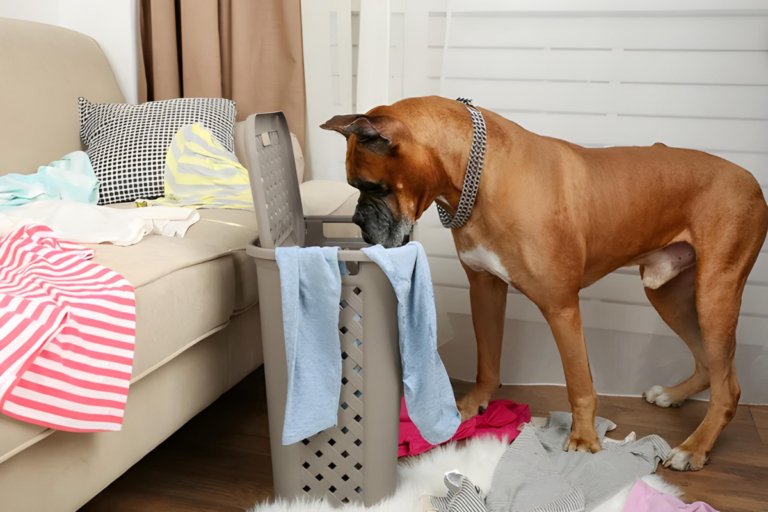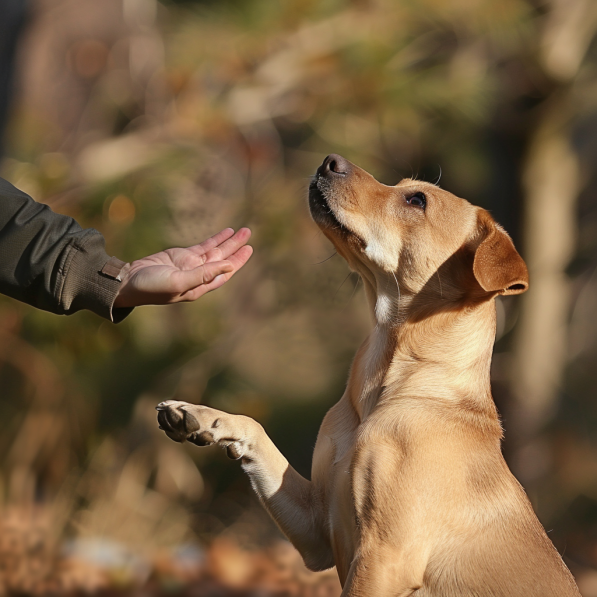Dog Training Tools: Turning Your Troublemaker into a Well-Behaved Pup

Barking Up the Right Tools….
Have you ever felt caught up with your dog’s misconduct and thought where are those tools which make the training easier? You’re not alone.
Every dog owner encounters such problems, but the great news is that there are a number of solutions and tools available. Now it’s time to explore some of the best dog training tools to make your training sessions productive and create a peaceful atmosphere in your house.
Then “Why Won’t My Dog Listen to Me?”
We’ve all experienced it. They want you to explain, ‘Sit!’ to them as if they’re a group of people and doing so would be as easy as pie. That is quite annoying, but here comes the best news, it can be fixed if one uses the right tools. Besides, time management requires a pinch of patience and a good dose of consistency.
Essential Dog Training Tools

Here are a few dog essential tools that can make your training sessions more effective and enjoyable:
- Clicker
- A clicker as a form of trainer tool is a small object easy to hold that generates a clicking sound when squeezed. It helps on the one hand to exercise reinforcing desirable behaviors as it well defines aspects of what the dog did correctly. This tool is very effective when it comes to teaching your pet its elementary features such as sit, stay and come.
- Training Collars
- Some of the different training collars that are available include a prong collar, martingale collar and the gentle leader. These can be useful in assisting in the management and modification of such unintended movements. Owners have to select the proper size of collar suitable to their dog’s size and attitude, and know how to use the collar correctly in a non-aggressive manner so as not to harm their pet.
- Treat Pouches
- A positive reinforcement trainer will always ensure that there are treats accessible to the trainee. This is a small pouch that can hold treats to help you make sure that your dog receives a reward as soon as possible after the command has been executed.
- Training Leashes
- Depending on the size of the dog, and the kind of training that is being taken through, an ideal leash should be one that offers reasonable control but not too limiting, and should measure about 6 feet. They are very useful for training your dog, especially the recall which means that you give your dog a long leash to play around while you supervise him.
- Interactive Toys
Pawsome Training Tips: Watch Your Dog Wag His Tail!
- Be Consistent
- That is why; it is advisable for owners to be as consistent as possible in the dog training process. That way, you can be sure that everyone in your household knows exactly what to do in response to a command or a reward. This aids in demystifying things that your dog needs to know or do to avoid any complication that comes with the action.
- Use Positive Reinforcement
- This form of training makes your puppy repeat specific tasks in exchange for something they like, such as food, compliments, or toys. It is counter-productive thus avoiding using punishment as it induces fear and anxiety.
- Keep Sessions Short and Fun
- It’s common knowledge that dogs are hardly able to concentrate for long periods. Training should be conducted in small frequent bursts, ideally no longer than 10-15 minutes each, and on an optimistic note. You must always make training sessions fun so that your pet will never be bored; additionally, you must always give your dog a treat after the session since this is effective in reinforcing the lessons imparted.
TIP: This approach to training is suggestive of the fact that training is a process and therefore more of a journey as opposed to being a destination. You should appreciate every win no matter how tiny and it is good to see failure as a way of having a learning experience. Enduring affectionateness best translates to the guaranteed success of your dog through your positive attitude and patience.
Bringing It All Together: Patience and Consistency
Dog training information is not only the equipment used but also in the way that it is done. Be patient and consistent. Pat your pet on the head and take note that every dog forgets erases at a different scale and speed. Much like Sarah and Max and their different training experiences, having the right tools and strategies can change the problem situations into bonding and progress.
Well, well, well, Final thoughts?
Starting the training process is like starting a new journey and choosing your dog as your training partner may be challenging, but if given the right equipment, the process becomes enjoyable.
No matter if it is a clicker or a proper fitting of the collar or even an enticing toy, these devices can yield a lot of difference. Please remain calm, maintain an encouraging tone and attitude towards the process of establishing the desirable behavior within the subject, our fur companion. Happy training!

